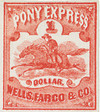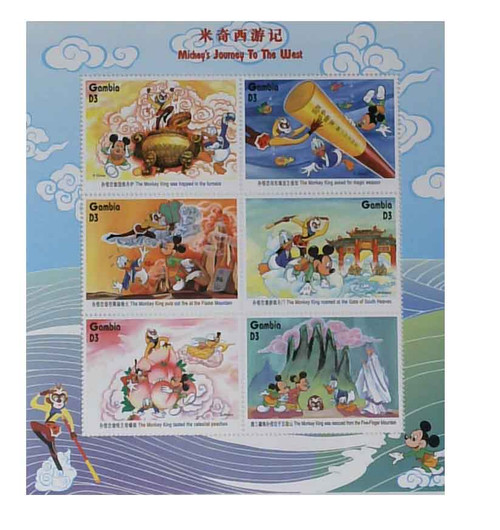
# 143L3 - 1861 $1 Red, Pony Express
Farewell To Buffalo Bill
William Frederick "Buffalo Bill" Cody, was born on February 26, 1846, in LeClaire, Iowa. Following his father's death, Cody took his first job as a driver on west-bound wagon trains at age eleven. In that role, he rode on horseback alongside trains delivering messages between drivers and workmen. Cody became an accomplished horse wrangler, hunter, and "Indian fighter" by his teens.
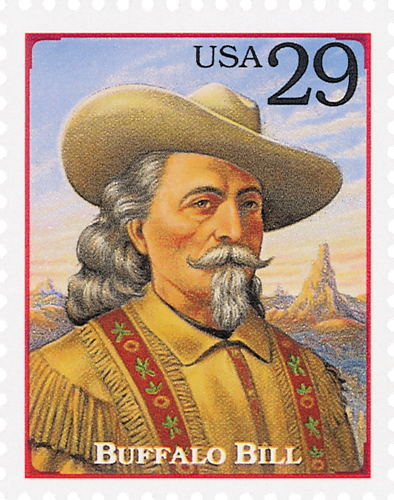
Struck by "gold fever," the 14-year-old Cody headed to California, and met an agent for the Pony Express along the way. Cody claimed he helped build several stations and corrals before working as a rider (though some historians believe he made this up for publicity in later years). He served as a scout for the Union Army during the Civil War (which earned him a Congressional Medal of Honor in 1872) and went on to assist the government in its attempts to wipe out Native American resistance.
Cody competed for the exclusive right to his nickname "Buffalo Bill" while supplying meat for the Kansas Pacific Railroad workers. He and hunter William Comstock spent eight hours shooting buffalo in a contest, which Cody ultimately won with 68 kills to Comstock's 48. In all, Cody killed over 4,000 American bison in an 18-month span.
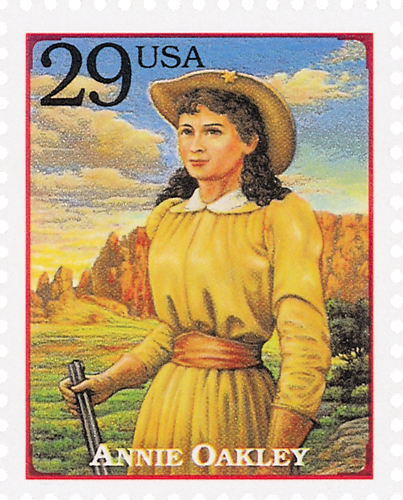
Cody became a celebrity after meeting Ned Buntline, a writer for the New York Weekly. Buntline published an article loosely based on Cody's adventures that led to a highly successful novel, Buffalo Bill, King of the Bordermen. Cody's daring feats provided material for other newspaper reporters and dime novelists, who transformed "Buffalo Bill" into a national folk hero. Over time, 557 dime novels were written about Cody, many by authors who had never been west of the Hudson River.
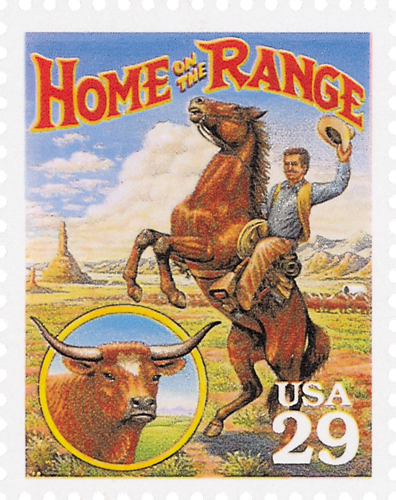
In 1872, Cody joined his friends in Chicago in a play called The Scouts of the Prairie and toured with the group for ten years. Then, on July 4, 1882, Cody held an "Old Glory Blowout" in North Platte, Nebraska. This show featured buffalo and bucking-bronc riding, steer roping, horse racing, a buffalo hunt, and re-enactments. Because of this show, North Platte claims to be home to the very first rodeo. The "Old Glory Blowout" was such a success that Buffalo Bill formed his spectacular Wild West Show in 1883.
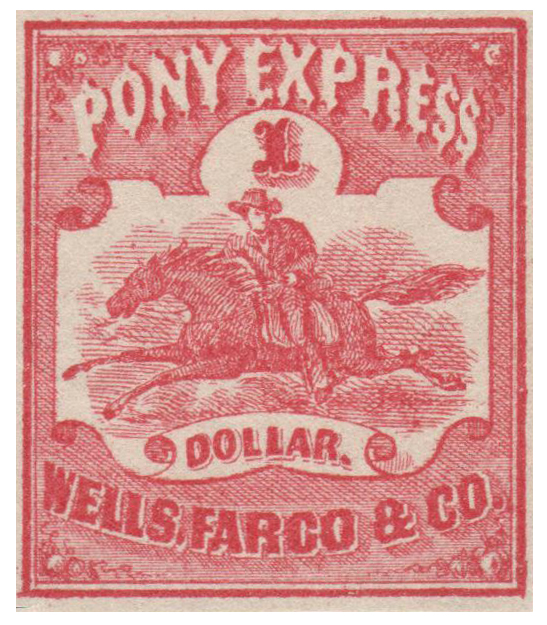
It was an extravaganza featuring fancy shooting, hard-riding cowboys, parades, races, sideshows, and war-whooping Indians. Some of the top attractions included mock battles against Indians, and a demonstration of Cody's marksmanship. The show's stars included sharp-shooter Annie Oakley, Chief Sitting Bull, and Wild Bill Hickok. Extremely popular, the show lasted for almost 20 years, touring the US and even overseas. Cody's show toured Europe eight times. It was featured at Queen Victoria's Golden Jubilee in 1887 and at the World's Columbian Exposition in 1893.
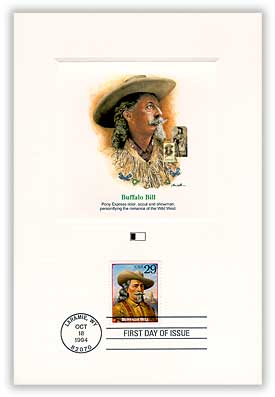
Cody had passed through the northwestern area of Wyoming in the 1870s and was impressed by its development possibilities. In 1895, he helped found the town of Cody, Wyoming, and built his massive ranch about 35 miles away. At its peak, the ranch encompassed about 8,000 acres and held 1,000 cattle. Cody spent most of his final years there until he died on January 10, 1917, at his sisters house in Denver, Colorado.
Click here and here to view video of some of Buffalo Bill's Wild West shows.
Farewell To Buffalo Bill
William Frederick "Buffalo Bill" Cody, was born on February 26, 1846, in LeClaire, Iowa. Following his father's death, Cody took his first job as a driver on west-bound wagon trains at age eleven. In that role, he rode on horseback alongside trains delivering messages between drivers and workmen. Cody became an accomplished horse wrangler, hunter, and "Indian fighter" by his teens.

Struck by "gold fever," the 14-year-old Cody headed to California, and met an agent for the Pony Express along the way. Cody claimed he helped build several stations and corrals before working as a rider (though some historians believe he made this up for publicity in later years). He served as a scout for the Union Army during the Civil War (which earned him a Congressional Medal of Honor in 1872) and went on to assist the government in its attempts to wipe out Native American resistance.
Cody competed for the exclusive right to his nickname "Buffalo Bill" while supplying meat for the Kansas Pacific Railroad workers. He and hunter William Comstock spent eight hours shooting buffalo in a contest, which Cody ultimately won with 68 kills to Comstock's 48. In all, Cody killed over 4,000 American bison in an 18-month span.

Cody became a celebrity after meeting Ned Buntline, a writer for the New York Weekly. Buntline published an article loosely based on Cody's adventures that led to a highly successful novel, Buffalo Bill, King of the Bordermen. Cody's daring feats provided material for other newspaper reporters and dime novelists, who transformed "Buffalo Bill" into a national folk hero. Over time, 557 dime novels were written about Cody, many by authors who had never been west of the Hudson River.

In 1872, Cody joined his friends in Chicago in a play called The Scouts of the Prairie and toured with the group for ten years. Then, on July 4, 1882, Cody held an "Old Glory Blowout" in North Platte, Nebraska. This show featured buffalo and bucking-bronc riding, steer roping, horse racing, a buffalo hunt, and re-enactments. Because of this show, North Platte claims to be home to the very first rodeo. The "Old Glory Blowout" was such a success that Buffalo Bill formed his spectacular Wild West Show in 1883.

It was an extravaganza featuring fancy shooting, hard-riding cowboys, parades, races, sideshows, and war-whooping Indians. Some of the top attractions included mock battles against Indians, and a demonstration of Cody's marksmanship. The show's stars included sharp-shooter Annie Oakley, Chief Sitting Bull, and Wild Bill Hickok. Extremely popular, the show lasted for almost 20 years, touring the US and even overseas. Cody's show toured Europe eight times. It was featured at Queen Victoria's Golden Jubilee in 1887 and at the World's Columbian Exposition in 1893.

Cody had passed through the northwestern area of Wyoming in the 1870s and was impressed by its development possibilities. In 1895, he helped found the town of Cody, Wyoming, and built his massive ranch about 35 miles away. At its peak, the ranch encompassed about 8,000 acres and held 1,000 cattle. Cody spent most of his final years there until he died on January 10, 1917, at his sisters house in Denver, Colorado.
Click here and here to view video of some of Buffalo Bill's Wild West shows.



